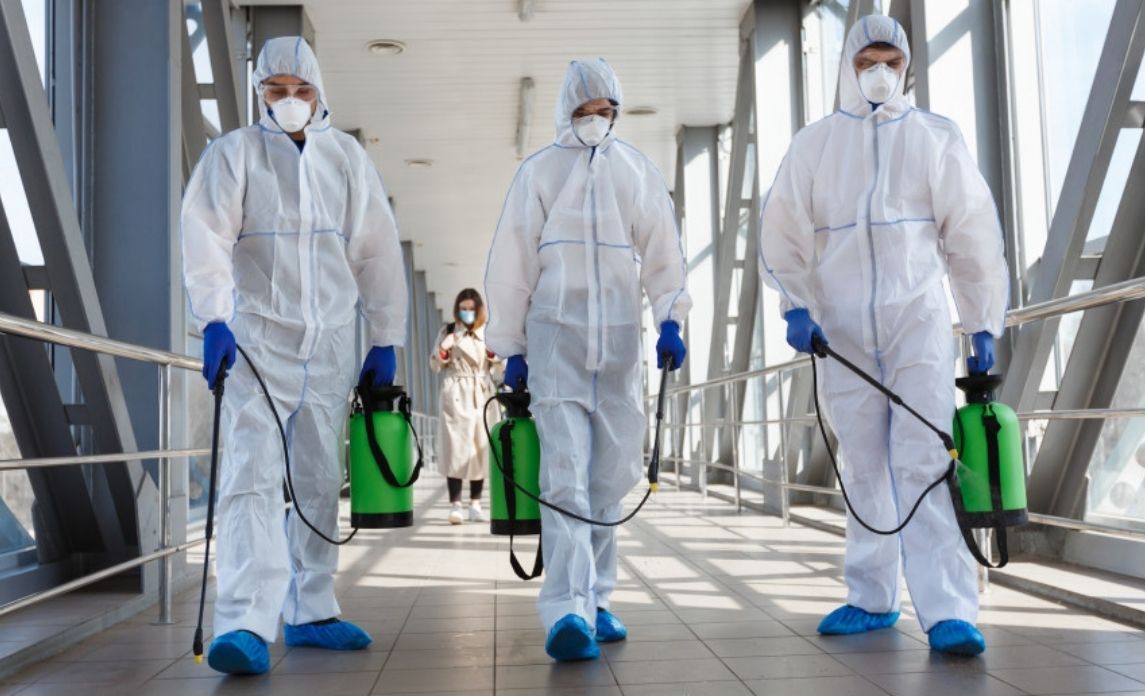In December 2019, a new disease started spreading from Wuhan, Hubei, China. It was caused by a new strain of coronavirus, the same family of viruses that caused SARS and MERS. By 29 February 2020, close to 80,000 people have been infected in China, while 6,000 more cases have appeared in other countries. By the end of March 2020, more than 858,000 cases were recorded; it took only two days since then for that number to breach the 1,000,000 mark.
It’s an alarming situation indeed. COVID-19, the official name of the disease caused by the novel coronavirus or SARS-CoV-2, spreads quickly with an R0 or reproduction number of 2.28. This means that one infected person can pass on the virus to 2.28 other people; in comparison, the flu has an R0 of 1.3. Vaccines are a long way coming; while many are already under development and testing, experts say that mass production won’t be able to commence until 2021.
The only consolation at the moment is the knowledge that the virus can be killed easily through personal hygiene and cleanliness. In fact, health professionals say that the best weapon against COVID-19 is proper hand-washing.
Preventative Cleaning in the Time of COVID-19
Several health authorities around the world have also recommended cleaning and disinfecting surfaces. There’s a body of evidence showing that COVID-19 transmission could also happen through infected surfaces, such as in doorknobs, light switches, and even our own phones. It’s unsurprising, therefore, that people have recently become borderline obsessed about cleaning. Many professional cleaning companies are inundated with requests to have homes and workplaces cleaned and disinfected from top to bottom. Even groceries are washed or wiped down after getting them from the store.
It seems excessive; some people might consider it overkill. However, with plenty of unknown factors about COVID-19, it’s only logical that people hold on to the things they can control. They may not know much about the virus, but they certainly know that preventative cleaning can help prevent it from spreading.
How Often Should You Deep Clean?
Deep cleaning is more than a few steps above your regular dusting and scrubbing routine. It involves cleaning every room and corner of a space, from highest ceiling corners to underneath the carpets. You also have to empty every cupboard and cabinet of their contents and clean the inside surfaces. Then you have to disinfect every item that could be disinfected before putting them back in their respective places. Obviously, kitchens and bathrooms should also be scrubbed thoroughly to get rid of grime and scum.
Ideally, homes and workplaces should be deep-cleaned at least once a year. With this pandemic gripping the world, however, more and more people have hired cleaning companies with greater frequency. Moreover, there are also those who availed extra services as precautionary measures such as heat treatment and fogging.
Cleaning and Disinfecting: What’s the Difference?
With COVID-19 and other infectious diseases, the best course of action is to use two methods: cleaning and disinfecting. Cleaning refers to the removal of dirt and impurities from surfaces using cleaning agents such as detergent or soaps. Cleaning doesn’t necessarily kill germs. However, they can drastically reduce the number of harmful microorganisms living on a surface, which helps reduce the risk of contamination.
On the other hand, disinfecting involves the use of chemicals to kill germs and further reduce the spread of harmful pathogens. Do note that disinfecting doesn’t necessarily clean a surface. As such, for the best results, you need to clean something first before disinfecting it. It’s also important to follow the instructions on the label. If it says to let the disinfectant sit for four minutes before washing it off, then make sure it sits for four minutes to achieve the full effect.
In the case of COVID-19, cleaning can theoretically do the job. This is because the lipid layer surrounding the virus itself can be easily broken down and washed away with soap. However, disinfecting adds another layer of protection. It also kills various microorganisms that can cause other diseases. Indeed, when it comes to health, you can never be too sure.
Extra Precautions When Cleaning
Professional cleaners often use personal protective equipment or PPE when conducting their services. Under normal conditions, standard PPE may include a cleaning uniform, gloves, goggles, and a mask. These items protect the worker from chemical injuries. However, if there are biohazards, including infectious diseases like COVID-19, additional PPEs are a must to prevent contamination. These additional equipment include dust masks, shoe covers, and biohazard suits.
If you’re performing your own cleaning at home, make sure to at least wear a mask and gloves. After cleaning, throw away the mask and gloves if they’re disposable. Wrap them properly before placing in a separate biohazard trash can. If the mask and gloves are reusable, prepare a basin with a detergent solution beforehand. Drop the mask and gloves in the basin after cleaning. Then, immediately take a bath and place your clothes in a similar basin with a detergent solution. You should also dedicate footwear for outside use.
The importance of clean surroundings and proper hygiene cannot be more strongly underscored in the time of COVID-19. This might be a threatening disease, but there is much a regular citizen can do to stop its spread. The key thing to remember is to not panic. Listen to the experts. And don’t forget to wash your hands.
Sources:
https://qz.com/1817958/coronavirus-prevention-what-is-deep-cleaning/
https://www.worldometers.info/coronavirus/


